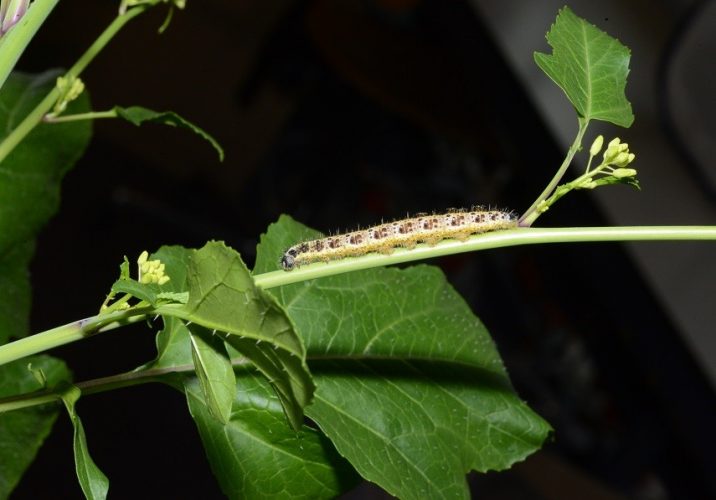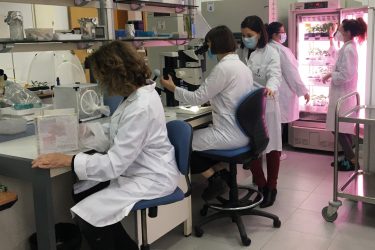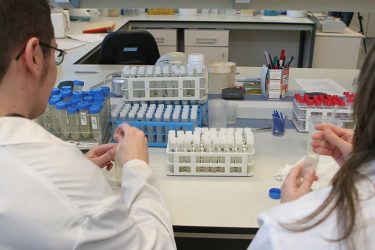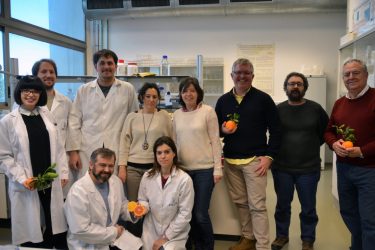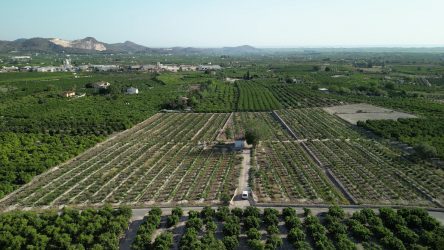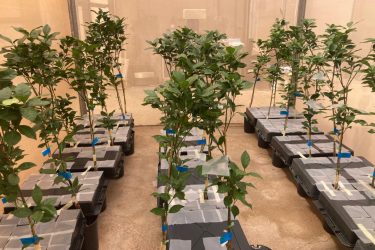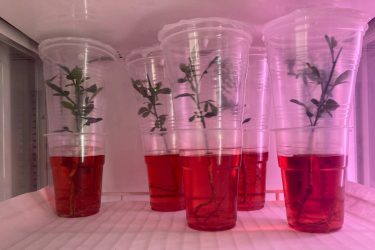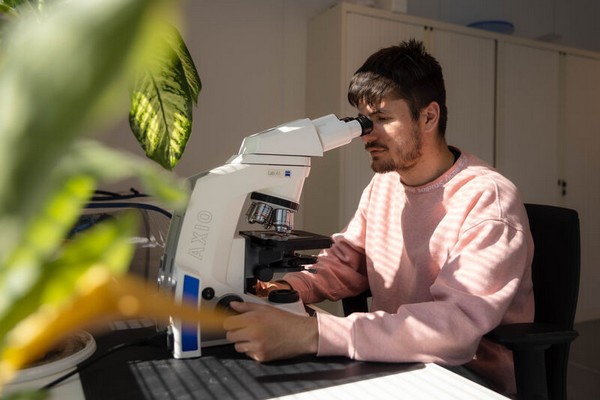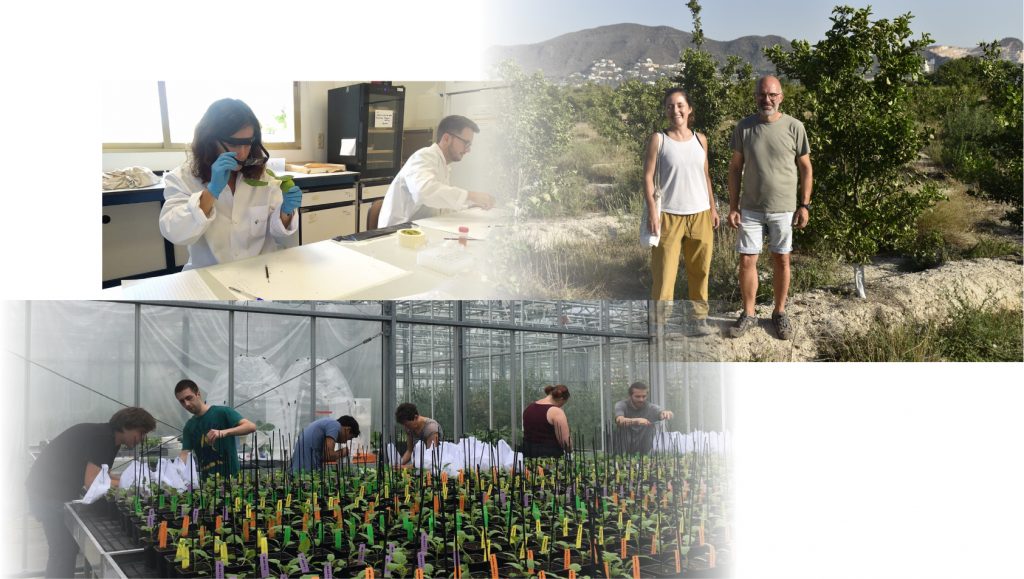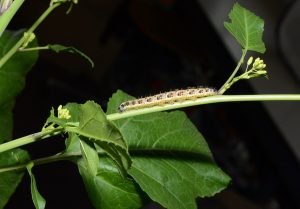Cabbage butterfly larva on a black mustard plant (Erik Poelman).
A paper from Wageningen University has found that plants adapt their defense strategies to the pests that affect them and are able to anticipate future attacks by the most frequent herbivorous insects.
Plants have evolved defense strategies to cope with the uncertainty of when, by which species and in what order herbivore attack will take place. However, responses to pest attack may compromise resistance to subsequent attacks by other, less common insects. This three-year study, which investigated ninety insect-herbivore interactions in ten different insect species and black mustard (Brassica nigra), shows that the plants maintained better resistance to predominant herbivores, while their resistance was lower against attack by less frequent herbivores.
“One of the main objectives of sustainable development is to adopt more environmentally friendly practices in general and in the agricultural sector in particular. To this end, the use of pesticides is being drastically reduced, partly due to increasingly stringent EU regulations. As a result, it will be increasingly common to find crops attacked by multiple insect pests. This requires us to start designing crops that are resilient to multiple stress situations,” explains Spanish researcher Maite Fernández de Bobadilla, from the Entomology Laboratory of Wageningen University (The Netherlands), who has worked on this study, published in the scientific journal Nature Plants, which advances our knowledge of how plants adapt to the continuous attack of numerous herbivores.
Fernández de Bobadilla suggests that by studying how wild plants have evolved “under the attack of multiple insects and studying how they solve the puzzle, we can transfer this knowledge to the agricultural sector. This is the starting point for finding characteristics that allow plants to resist attack by multiple pests”.

